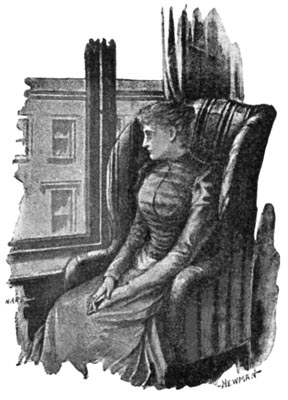Reading #3 The Ramsom of the Red Chief
It's time for our last reading "The Ransom of the Red Chief" by O'Henry.
You have already read several stories writte by O'Henry, so no need to say you should expect a surprising ending, indeed.
The story is in your anthology, but if you have time and internet connection, you may enjoy watching the movie. Here is the link:
Questions for analysis
Instructions:
Please, choose at least two questions to answer and respond to your classmates comments at least twice.
Deadline: Monday, November 13th, at midnight.
1. How does O. Henry, the author, portray the crime of kidnapping in this story? What makes this treatment different from real-life kidnappings you know of or have read about?
2. Why do you think that Sam and Bill, the two adult characters, are friends? Are they only friends because they could make money together? Do they really like each other? Have you ever felt like someone was only being friends with you for a purpose other than your friendship? What were their reasons?
3. How many mischief makers are in this story? Which person do you think is the most mischievous? Explain.
4. What is ironic about how Ebenezer Dorset responds to the ransom note? Based on the text, why does he respond this way? How is this response ironic?
5. What message about parenting and child-rearing is O. Henry trying to express to readers? Think about what Red Chief’s dad thinks of him, and why Red Chief doesn’t want to go home.




